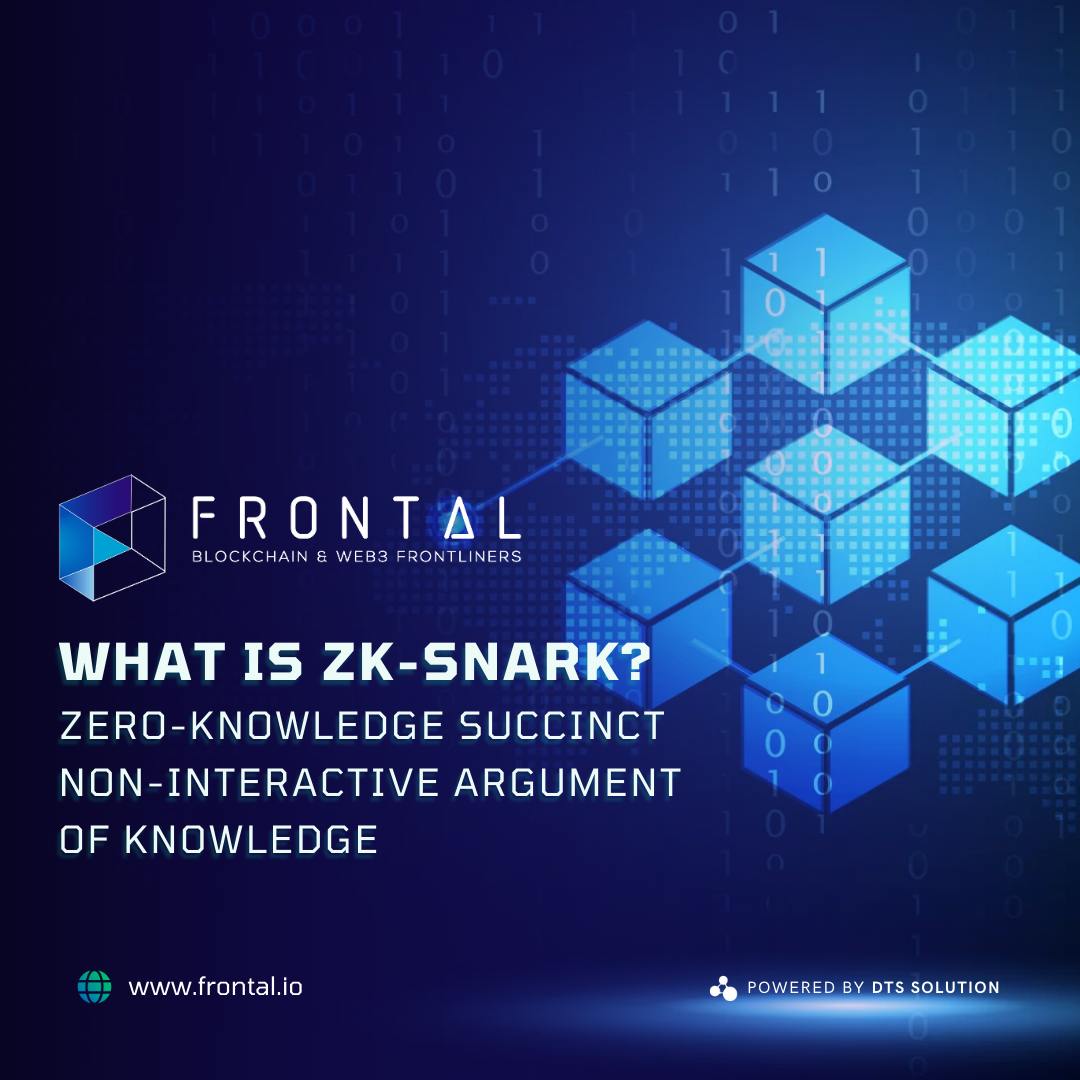What is ZK-SNARK?
ZK-SNARK (Zero-Knowledge Succinct Non-Interactive Argument of Knowledge) is a cryptographic technique that allows one party (the prover) to prove to another party (the verifier) that a statement is true, without revealing any information about the statement itself. In other words, the prover can convince the verifier that something is true, without revealing any information about why it is true.
How is ZK-SNARK used?
One example of how ZK-SNARK might be used is in a cryptocurrency transaction. Imagine Alice wants to send Bob some cryptocurrency, but she doesn’t want Bob to know how much she is sending or from where the funds are coming. Alice can use a ZK-SNARK to prove to Bob that the transaction is valid, without revealing any sensitive information.
Here’s a high-level overview of how the process might work:
- Alice creates a zero-knowledge proof that the transaction is valid, using a set of predefined rules and some secret information that only she knows.
- Alice sends the proof and the transaction information to Bob.
- Bob verifies the proof using the predefined rules, and if the proof is valid, he accepts the transaction as legitimate.
- Because the proof does not reveal any sensitive information, Bob has no way of knowing how much cryptocurrency Alice sent or where the funds came from.
This example is just one way that ZK-SNARKs can be used, and there are many other potential applications for this technology.
How to create a ZK-SNARK?
Creating a ZK-SNARK is a complex task that requires a strong understanding of cryptography, zero-knowledge proofs, and the underlying mathematics.
Here is a high-level overview of the process:
- Define the statement that you want to prove in the form of a Boolean circuit. This circuit should take as input some variables (e.g. x, y, z) and output a true or false value based on whether the statement is satisfied.
- Choose a security parameter, which determines the size and efficiency of the resulting zk-SNARK.
- Generate a trusted setup, which involves creating a common reference string (CRS) that is used to create the zk-SNARK. This process involves generating a set of public and private parameters, and it is important that the private parameters are securely discarded after the setup is complete.
- Use the CRS to create a proving key and a verifying key. The proving key is used to generate a proof for a specific statement, while the verifying key is used to verify the correctness of the proof.
- To generate a proof, use the proving key and the inputs to the Boolean circuit to compute a proof. This proof can then be verified using the verifying key and the inputs to the Boolean circuit.
- To verify the proof, use the verifying key and the inputs to the Boolean circuit to check that the proof is correct. If the proof is correct, the verifier can be confident that the statement being proven is true, without learning any additional information about the inputs.
How can ZK-SNARK help cyber security?
In terms of cybersecurity, ZK-SNARKs can help to protect against a variety of threats, including:
- Protecting against privacy breaches: By allowing parties to prove the validity of a transaction without revealing any sensitive information, ZK-SNARKs can help to protect against privacy breaches that might otherwise occur if sensitive information were to be revealed.
- Enhancing the security of transactions: ZK-SNARKs can make it more difficult for attackers to intercept and steal sensitive information by allowing parties to prove the validity of a transaction without revealing any information about the transaction itself.
- Reducing the risk of fraud: ZK-SNARKs can help to prevent fraud by allowing parties to verify the authenticity of a transaction without revealing any information about the transaction itself. This can help to reduce the risk of fraudulent transactions being approved.
In terms of smart contract cybersecurity, ZK-SNARKs can help to improve security by allowing parties to verify the authenticity of a smart contract without revealing any information about the contract itself. This can help to reduce the risk of fraud or other types of attacks on the contract. Additionally, because smart contracts are self-executing and cannot be altered once they have been deployed, ZK-SNARKs can help to ensure that the terms of the contract are upheld, even in the face of potential attacks or other disruptions.

